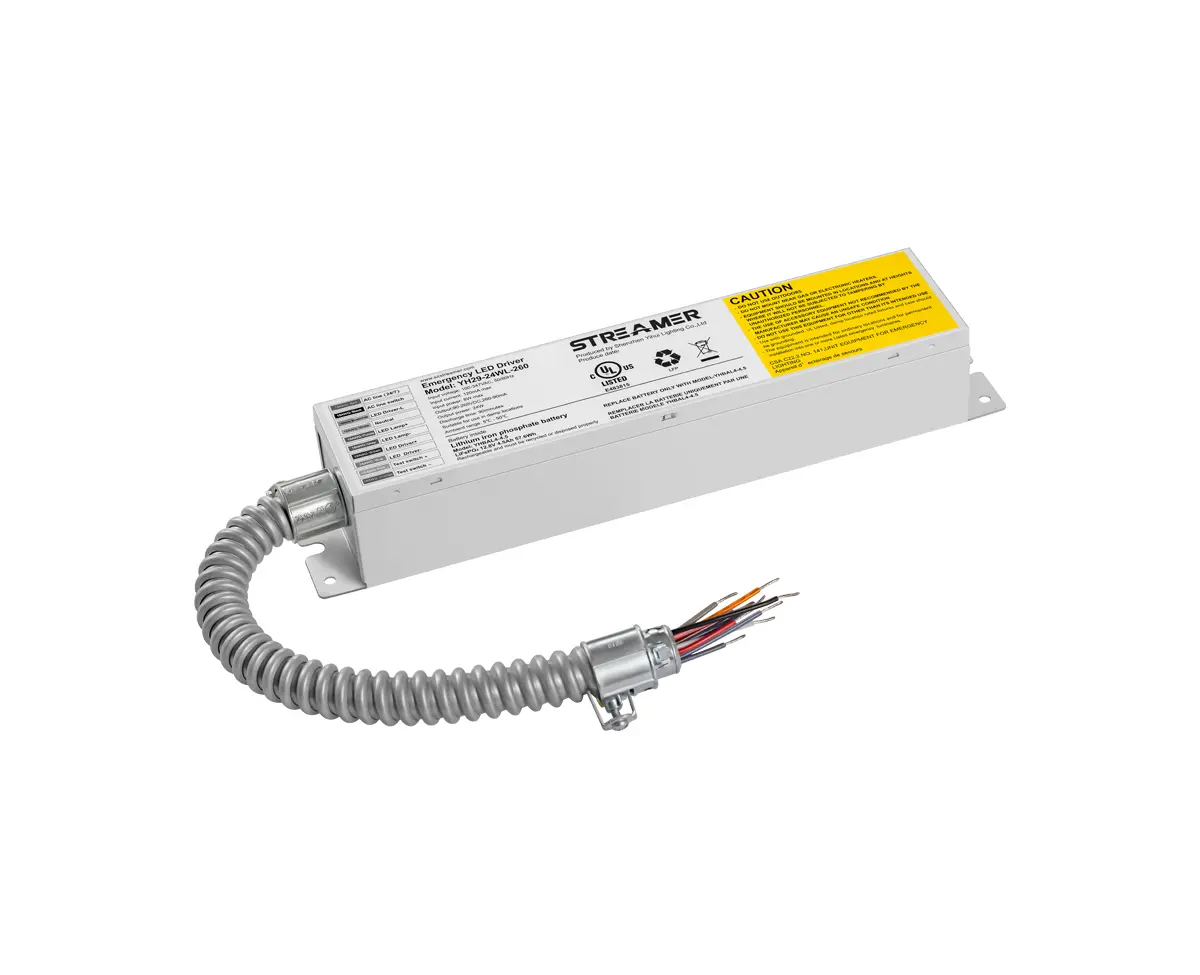 1
1
 Apr 04, 2025
Apr 04, 2025

When an LED emergency driver shows signs of abrasion, it is important to take appropriate measures to address the issue promptly to ensure the continued safe and reliable operation of the LED lighting system. Abrasion of an LED emergency driver can occur due to various reasons, such as physical contact during installation or maintenance, exposure to rough environmental conditions, or long - term vibration.
The first step when an LED emergency driver is abrasive is to conduct a thorough inspection. Examine the exterior of the driver for visible signs of damage, such as scratches, cracks, or exposed wires. If the abrasion has damaged the enclosure, it may compromise the protection of the internal components from dust, moisture, and other environmental factors. In such cases, if the damage is minor, it may be possible to repair the enclosure using suitable repair materials, such as epoxy resins or specialized electrical tapes. However, if the damage is severe, it may be necessary to replace the entire enclosure.
For internal components affected by abrasion, a more detailed analysis is required. If the abrasion has caused damage to the printed circuit board (PCB), it can disrupt the electrical connections and lead to malfunctions. In some cases, it may be possible to repair the PCB by re - soldering damaged components or traces. However, if the damage is extensive, the PCB may need to be replaced.
If the abrasion has affected the wiring or connectors of the LED emergency driver, it is crucial to ensure that the electrical connections are still secure and safe. Loose or damaged wires can pose a fire hazard or cause the driver to malfunction. Replace any damaged wires or connectors immediately and ensure proper insulation to prevent short circuits.
Regular maintenance and preventive measures can also help reduce the likelihood of abrasion. When installing or handling the LED emergency driver, use proper tools and techniques to avoid physical damage. In environments where the driver is exposed to potential abrasion sources, such as high - traffic areas or areas with moving parts, consider using protective covers or enclosures. By taking these steps, users can effectively manage the issue of abrasion and extend the lifespan of the LED emergency driver.